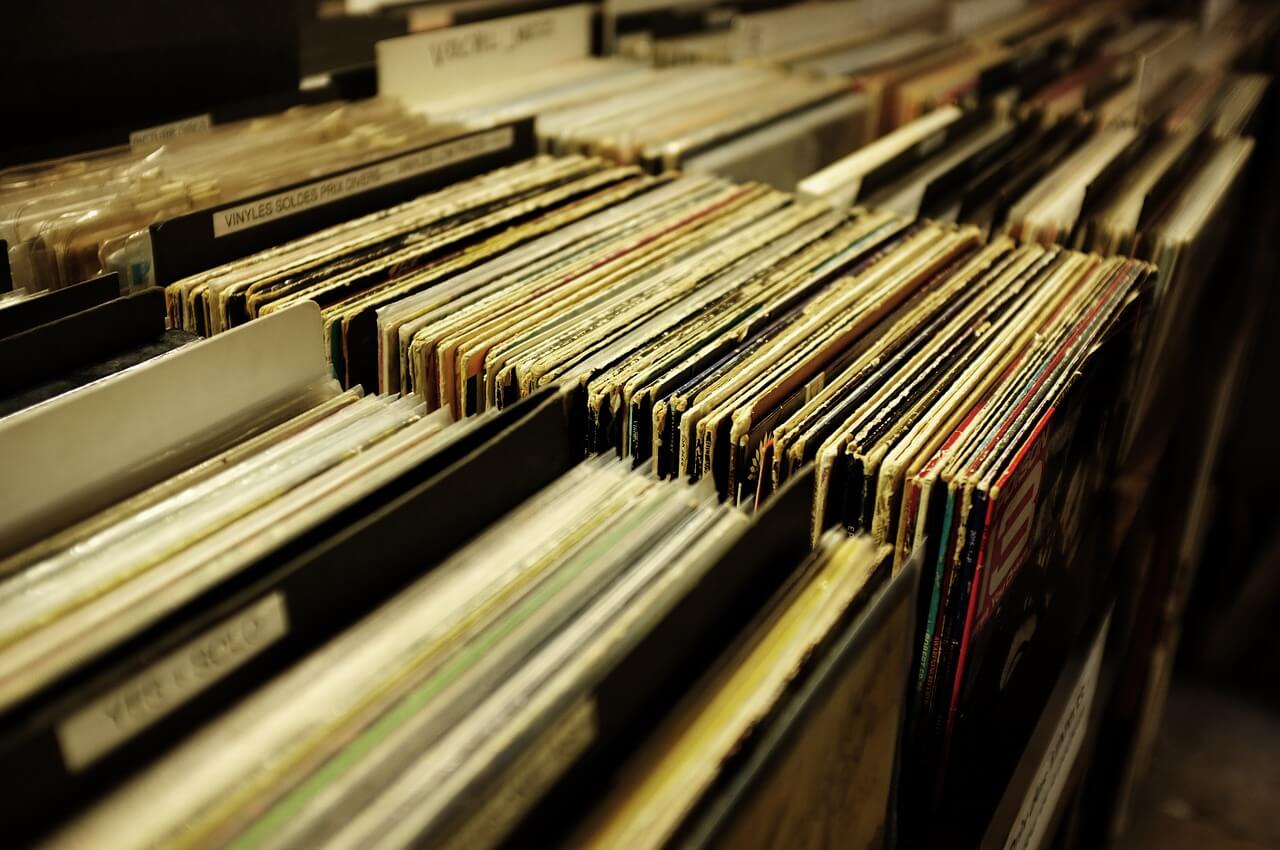What is Nina?
Nina is a music distribution platform. It has been launched on September 30, 2021 (UTC).
Unlike Apple Music or Spotify, Nina introduces a new model which will not syphon sales from artists.
It has two key benefits on the platform.
- Artists can receive 100% of initial sales and access 100% of their data.
- Music is permanently hosted for both streaming and purchasing.
Market structure
The platform consists of two markets. One of them is the initial release market.
Artists have only to pay a one time fee to Nina when they publish a release. It’s transaction and storage cost (~$2.50 + $0.01/MB). For now, Nina pays all transaction costs for artists.
Nina is powered by two technologies.
- Solana : Blockchain for transactions
- Arweave : Data storage
In addition, Nina has the secondary market, where users resell music.
Artists can receive their chosen percent of secondary sales. The sellers must pay 1.5% to Nina.
Nina has been launched softly, so artists need Nina Publishing Credits to upload music now. However, the upload page will publicly be available soon.
How to listen
Although listeners can stream music for free, they can also buy releases to support their favorite artists.
In order to buy music, listeners need to get a Solana wallet. Nina recommends using Phantom.
When you buy music, you have to pay in USDC, a cryptocurrency stablecoin pegged to the US dollar. Please note that you can use only SPL-USDC, native to the Solana blockchain.
As for transaction fees on the Solana network, you need to pay in SOL, which is the native token of the blockchain.
The future
In the future, Nina will launch a mobile app and provide artists with tools to engage their supporters.
According to the litepaper, it also plans to launch subscription token services and royalty-right sale functionality.
Nina’s software has not been audited. That’s why you should use it at your own risk.
(As of December 12, 2021)
